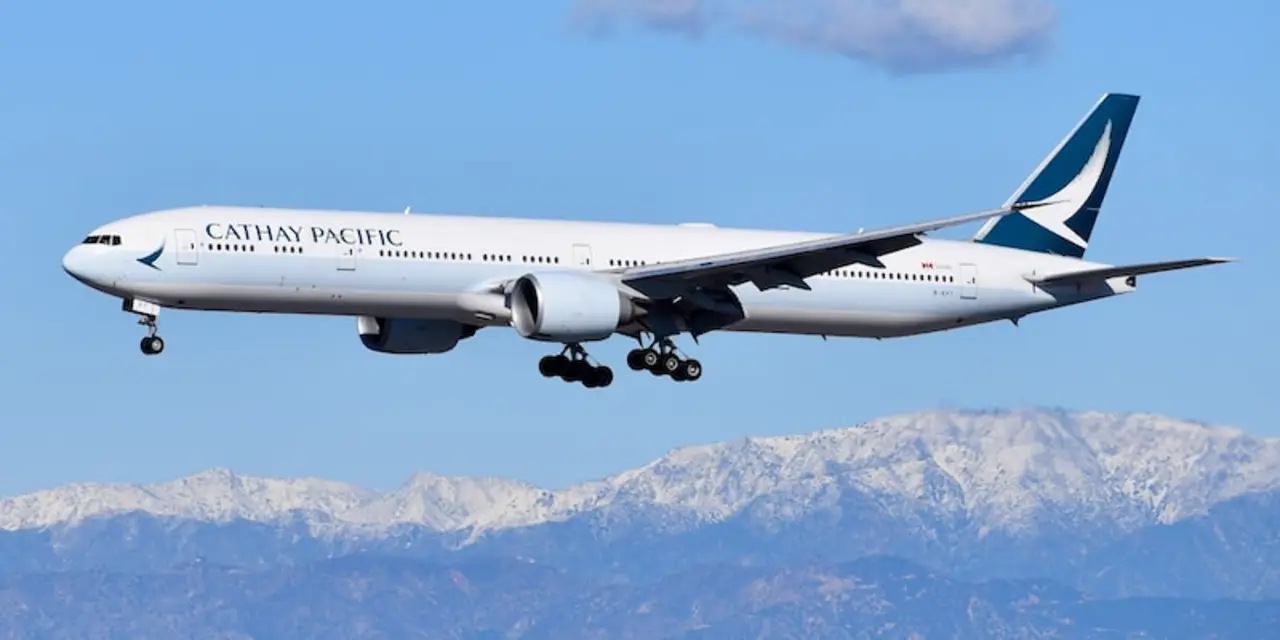How does the World Bank classify countries?
The World Bank classifies countries using two categories: low-income countries and middle-income countries. Low-income countries are defined as those with a Gross National Income (GNI) of US$1,045 or less in 2017, while middle-income countries have a GNI between US$1,046 and US$12,535 in 2017. The World Bank also classifies countries according to their level of development, such as low human development, medium human development and high human development. Finally, the World Bank also uses the International Development Assistance (IDA) criteria to classify countries as IDA eligible or IDA ineligible. These criteria are based on economic and social indicators such as GNI, poverty, health and education.
-
Mar, 11 2023
-
0 Comments


